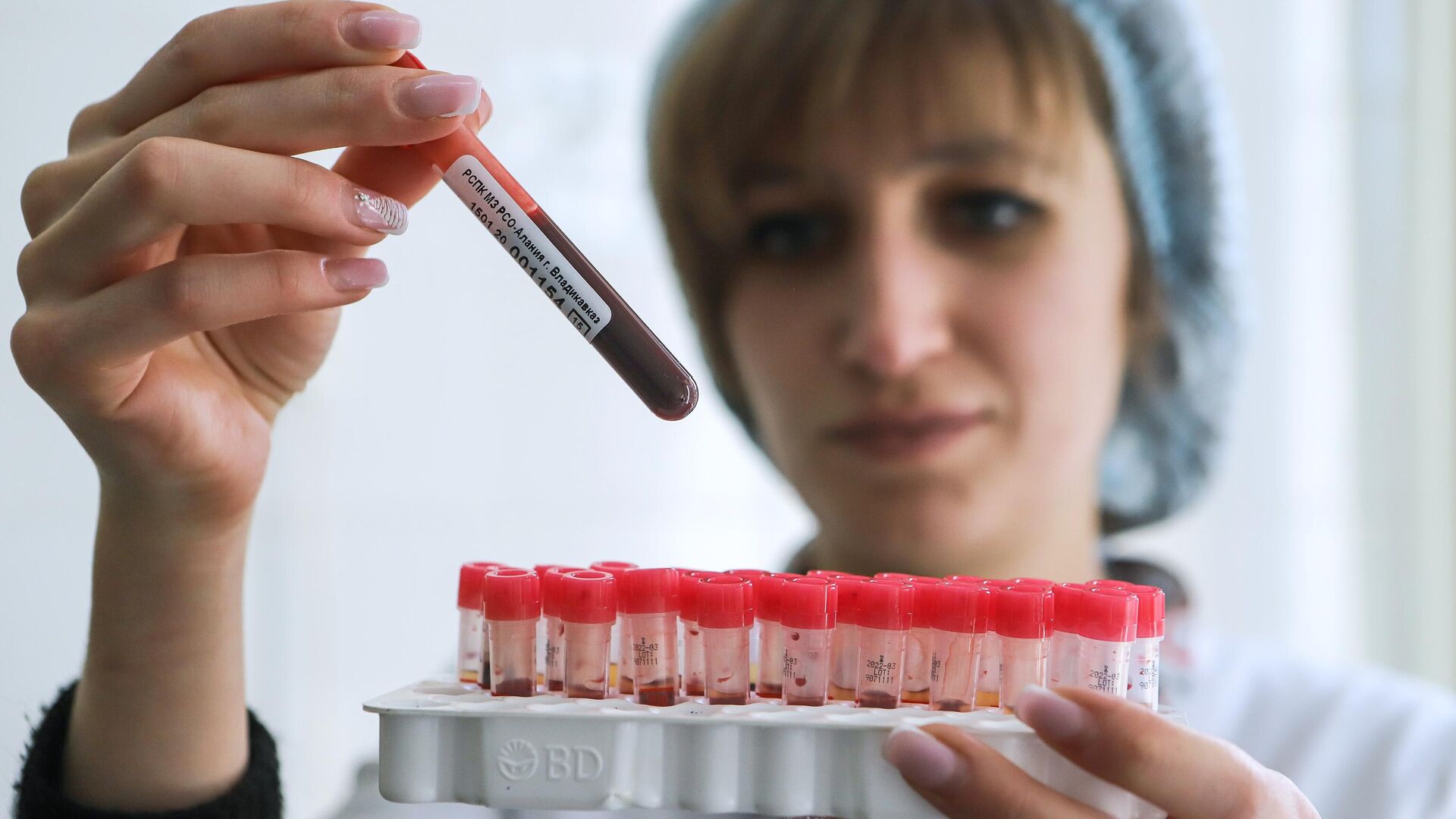
MOSCOW, December 25, Vladislav Strekopytov. Stanford University found that accelerated aging of one of the organs increases the risk of premature death. Scientists have developed a method by which the level of proteins in the blood plasma can be used to determine the biological age of individual parts of the body — and therefore to assess threats to health.
Measure aging
The development of age-related diseases depends on the rate of individual aging of a person. Therefore, it is so important to find biomarkers that could serve as criteria for biological age, which, as is known, is sometimes very different from chronological age.
Having studied the human genome — the totality of hereditary material contained in each cell — experts have not found a single gene directly related to life expectancy. It was then suggested that a critical role is played by the number of mutations accumulated in DNA, which over time disrupt the normal functioning of cells and lead to their death. But the approach did not justify itself: it turned out that the number of mutations does not correlate with the general aging of the body. They tried to use the length of telomeres—protective “caps” at the ends of chromosomes that shorten with each cell division—as markers of aging. But this method also turned out to be inaccurate.
Over the past decade, scientists have developed several new approaches to assess aging at the cellular level. The most famous is the epigenetic clock. It is based on the analysis of DNA, in the structure of which the degree of methylation—the addition of a methyl group to certain genes—changes over the years. By tracking these so-called epigenetic marks, biological age can be determined.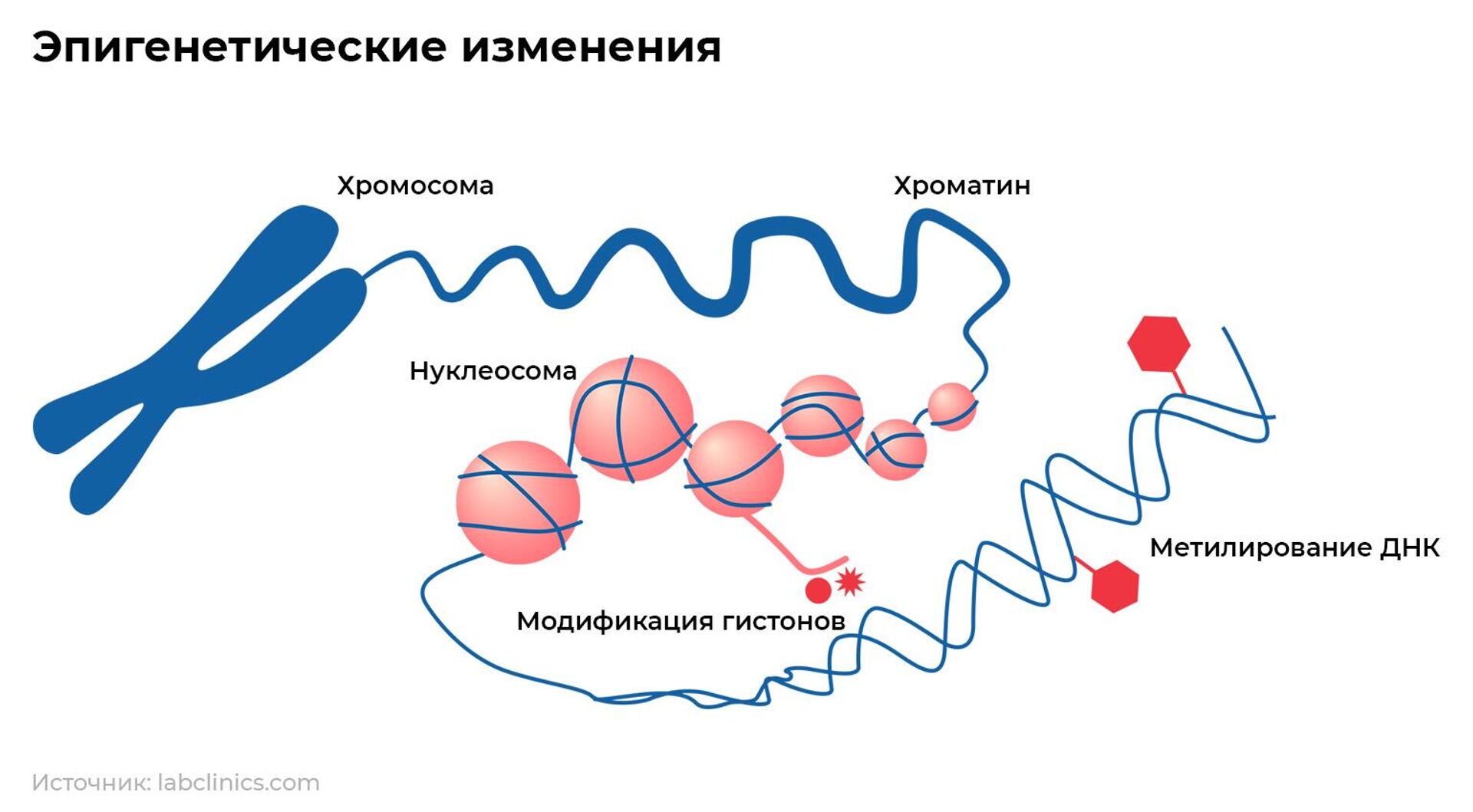
There are other options. Thus, the transcriptomic clock method uses the transcriptome — a set of genes that are read from DNA during the production of proteins. Even more attractive is the idea of using proteins themselves as biomarkers. If they are found, they will be excellent targets for the development of anti-aging drugs — and a simple blood test will be enough to estimate biological age.
Difference in organ age
The disadvantage of all these approaches is that they estimate the rate of aging of the entire organism. However, recent studies show that organs and systems accumulate problems at different rates.
Australian scientists analyzed data from more than one hundred thousand adults stored in the British Biobank. We studied profiles of age-related changes in the body, musculoskeletal and immune systems, brain, heart, kidneys, liver and metabolic function. It turned out that individual organs or systems can be much “older” than the organism as a whole. The conclusion that the authors draw can be formulated as follows: a person is as “old” as his oldest organ is, with which the main risk of disease and death is associated.
The next step was taken by American scientists led by Professor of Neurology Tony Wyss-Corey from Stanford University School of Medicine. To find organ-specific markers of aging, they compiled a list of proteins that can be concentrated (and therefore perform specific functions) in each of 11 major organs, including the brain, heart, liver, kidneys, lungs, vasculature, intestines and pancreas. .
In total, about 900 such organ-specific proteins were discovered. The authors measured their levels in blood samples of 1,398 healthy people aged 27 to 104 years and correlated them with biological aging of organs. After processing the information using machine learning methods, the scientists obtained baseline protein profiles for the entire matrix of variants — for example, for a typical heart of a 55-year-old person or a typical liver of a 75-year-old person. The accuracy of the algorithm was tested on another four thousand healthy Americans.
Protein markers
Stanford scientists used the created method to process blood tests from 5,676 people who participated in five medical studies. In some, people were observed for many years, so it was possible to verify the predictions made by the machine.
According to the results obtained, approximately every fifth person over 50 years of age has one of their organs aging at an abnormally high rate, and every sixtieth person has two such organs. At the same time, accelerated aging of one organ increases the risk of death over the next 15 years by 20-50 percent, and of two organs at once — by 6.5 times.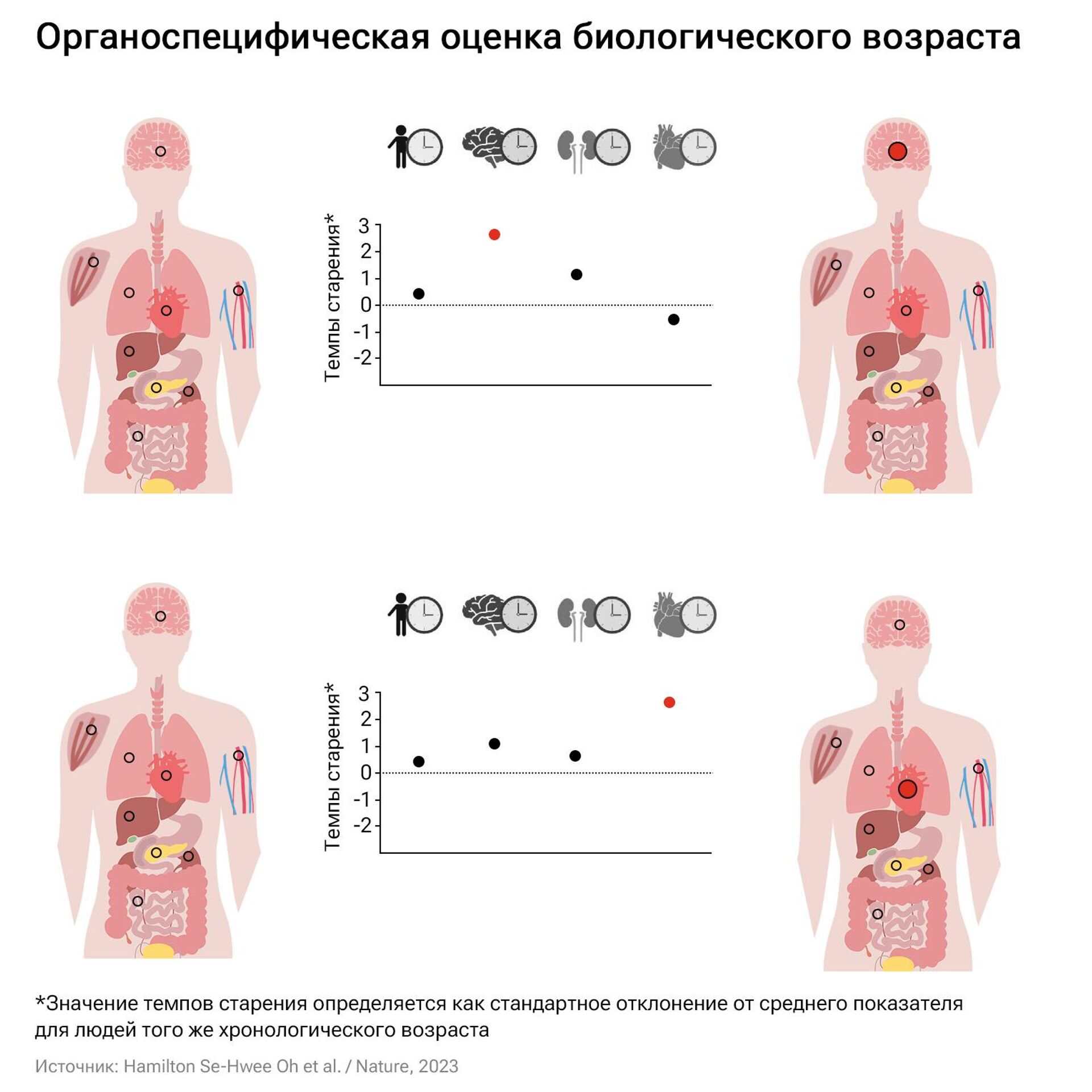
Scientists have calculated that with an increase in heart age by four conventional years, the likelihood of developing heart failure increases by 2.5 times, and higher rates of brain aging almost double the risk of dementia and cognitive decline. The simultaneous presence of brain- and vascular-specific proteins in plasma indicates a high risk of Alzheimer's disease as accurately as currently used clinical biomarkers such as phosphorylated tau protein.
There is also a strong association with increased kidney age ( more than twice the normal level) with hypertension and diabetes, and extreme heart age — with the risk of heart attack.
The authors hope that the simple method they have developed for determining the biological age of organs, based on a blood test, will make it possible to identify diseases at the earliest stages, and in the future — to create medicines for certain types of aging. Also, tests for organ-specific proteins could become a powerful tool for personalized medicine in the future. But this will require larger studies.
“We can already estimate the biological age of an organ in an apparently healthy person and predict the risk of developing associated diseases,” Professor Wyss-Corey is quoted in a press release. “If our discovery is confirmed in 50 or 100 thousand people, this will mean that by observing the condition of individual organs, it is possible to detect those that are aging at an accelerated rate and begin specific treatment long before clinical symptoms appear.»
Unfortunately, scientists note, the cause-and-effect relationship is still unclear: can proteins be considered the driving force of aging, or, on the contrary, are they a by-product.
Perhaps the appearance of marker proteins does not predict, but already reflects ongoing age-related changes. In any case, the new tool will be useful in helping people make informed decisions about their health: change their lifestyle, start taking certain supplements, or undergo preventative treatment.














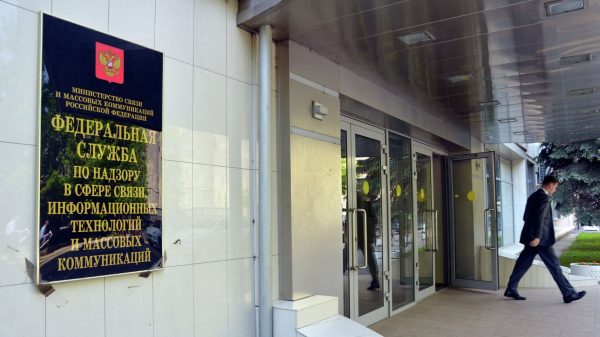















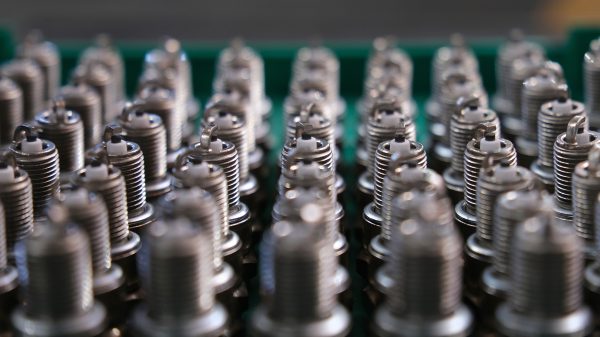
























Свежие комментарии